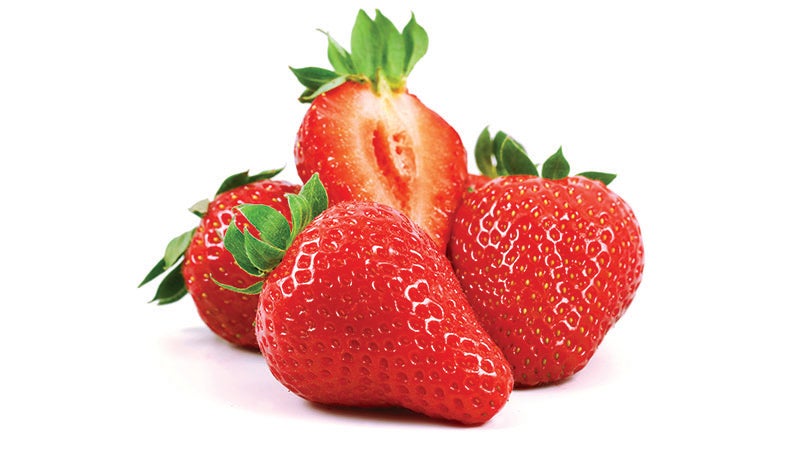It’s time to make jam
Published 3:28 pm Thursday, May 27, 2021
|
Getting your Trinity Audio player ready...
|
Strawberries are ripening in fields across Virginia and more berries will join them soon, which makes it the perfect time to talk about jam.
Virginia Food Works makes jam for farmers and food businesses at the Prince Edward County Cannery, often using local fruit. We recently made a batch of raspberry-vanilla jam that smelled and tasted amazing.
When following trusted recipes, jams are a safe way to preserve fruits because they are considered acid foods. Acid foods are made only or mostly of ingredients with a pH of 4.6 or lower, and apples, berries, peaches, plums, pears, and cherries are all considered high-acid foods. This acidity is important because it means fruit jams can be preserved using water bath canning, so your canned jam is shelf stable for at least a year if stored properly.
The process for making jam is simple: pick or purchase high-quality fruit, cook it following a recipe’s instructions and adding pectin and a sweetener, then pour the jam into jars for fresh eating, freezing or water bath canning. Great, reliable recipes can be found at freshpreserving.com, pomonapectin.com, and foodinjars.com. You can make jam from either fresh or frozen fruit. If you prefer seedless jam, heat the berries to soften them and then crush and press them through a sieve or food mill.
A key ingredient in jam is pectin. Pectin is a carbohydrate naturally found in various fruits, and some fruits have more pectin than others. Blueberries, apples and cranberries are examples of high-pectin fruits, so you use less pectin in jam recipes using those fruits. When you buy pectin to add to jams, it’s citrus pectin extracted from the dried peels of lemons, limes or oranges. The pectin acts as a gelling agent in jams and jellies and helps the jam achieve its “set.” The set is the consistency of the jam, ideally not too runny or too firm. There is a useful freezer test to help you determine if your jam is set before you pour it into jars. Before you start cooking your fruit, put a plate in the freezer. As you’re nearing the end of the cooking time, put a small amount of jam on the cold plate and return the plate to the freezer for a few minutes. If the mixture gels, the jam is done.
Pomona’s Pectin is a great option if you want to use less sugar or sweetener in your jam. A sweetener is necessary to bring out the flavor of fruit, and you can use sugar, honey, agave, or alternatives like Stevia. There are endless flavor combinations for jams – from fruit mixes to various sweeteners to flavor additives like vanilla extract, alcohol, or spicy peppers. Jam is one of our favorite foods to make at the cannery, and if you find yourself with a bounty of berries we’d love to make some with you this season. You can find us at www.virginiafoodworks.org.
Katharine Wilson is the director Virginia Food Works. She can be reached at info@virginiafoodworks.org.






